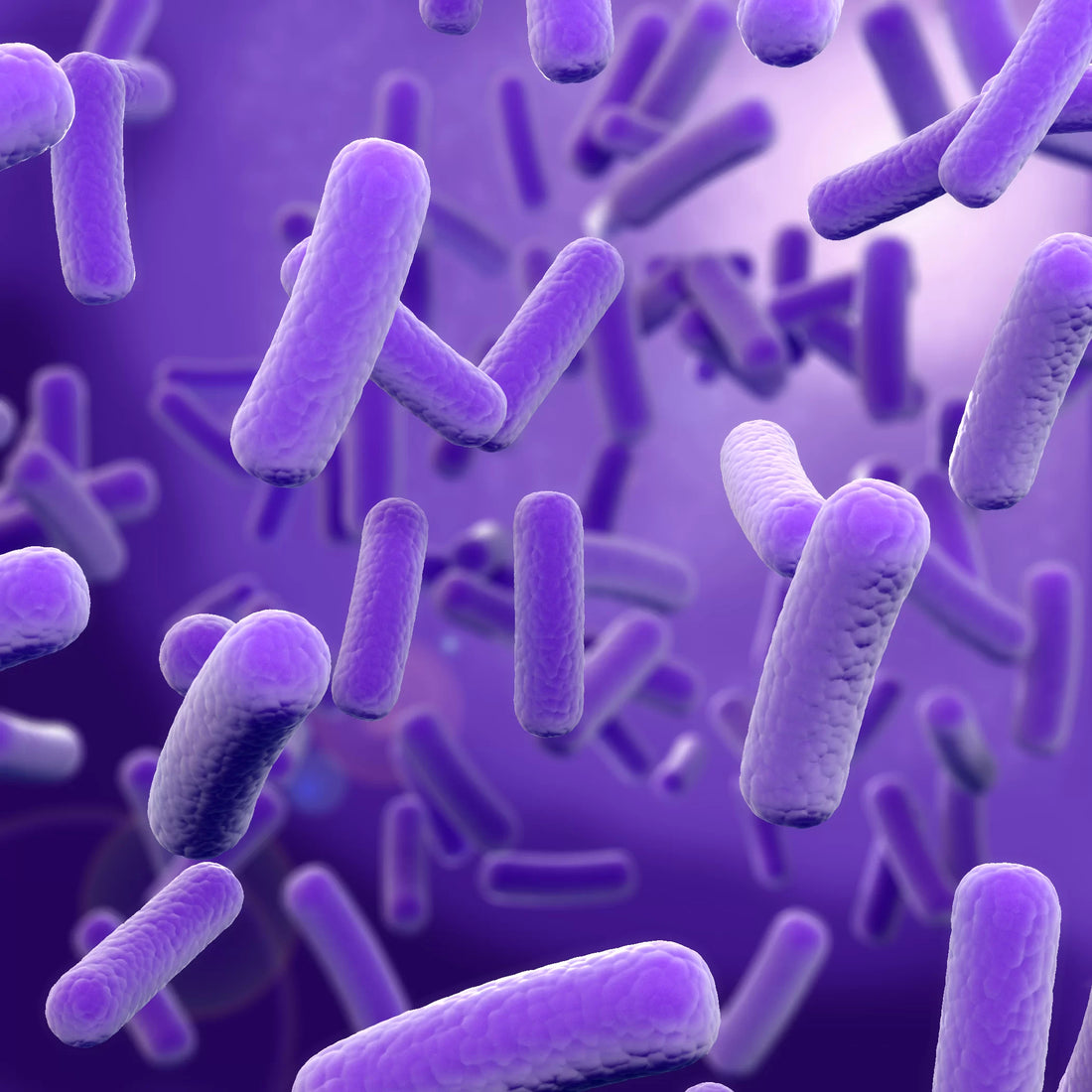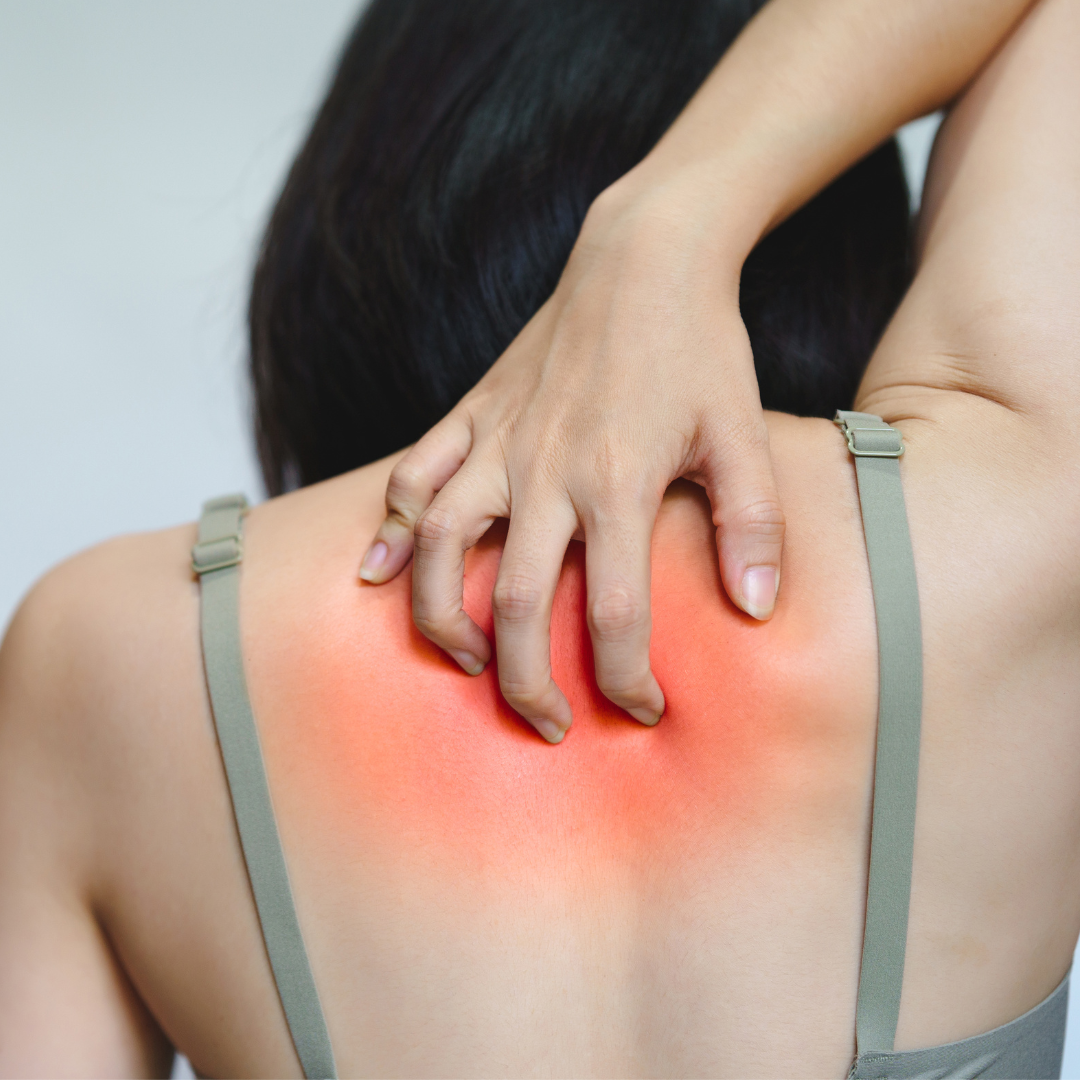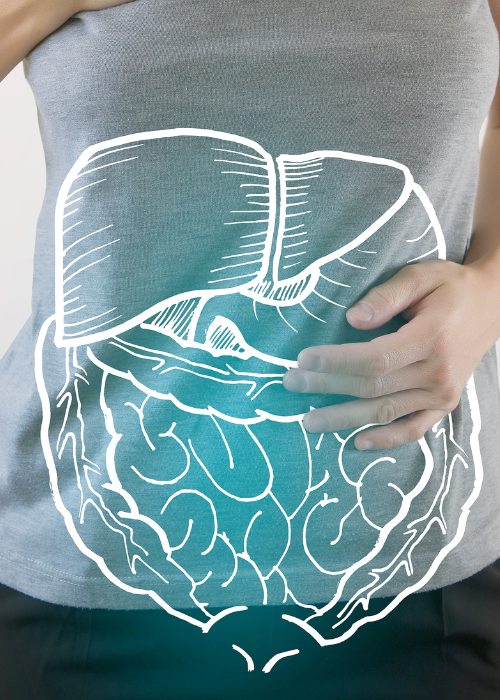9 things you need to know about the world’s best sporebiotic

Cura Sporebiotics™ is the first spore-based, broad-spectrum probiotic available in the UK. Spore-based probiotics are much more effective than the more typical conventional-style probiotics because they are designed to survive through the harsh gastric system, colonise and increase microbial diversity in the gut. As these spores are so multi-functional, they can support a variety of functions in the body. They effectively recondition the gut by increasing microbial diversity and encouraging the growth of key commensal gut bacteria. Background Found naturally in the environment for millions of years, Bacillus spores have developed a symbiotic relationship with their human host. Our ancestors derived probiotic benefits from inadvertently consuming Bacillus spores on a regular basis. In fact, the oldest bacterial spore ever documented was 250 million years old and found inside salt crystals in Carlsbad, New Mexico. Though it sounds like science fiction, scientists were able to isolate and grow the 250-million-year-old spores! Ingredients Cura Sporebiotics contains 3 strains of Bacillus spores including Bacillus subtilis HU58, Bacillus coagulans SC-208 and Bacillus clausii SC-109. These strains were originally isolated at the Royal Holloway University of London by Professor Simon Cutting and his team. The “HU” in the strain number represents Holloway University, and the “SC” represents Simon Cutting. The original bacterial strains are kept in a bacteria bank at Royal Holloway University of London. When it is time for production, the bacteria are checked again for proper characterisation and DNA-verified to be the correct strains. Along with the Bacillus spores, Cura Sporebiotics contains a specialised blend of 4 high-potency antioxidants: beta-carotene, astaxanthin, lutein and lycopene. Each of these antioxidants has a unique chemical structure and function. Together they deliver powerful and comprehensive antioxidant support. The antioxidant ingredients show up as dark red “flecks” and due to their natural pigment are clearly visible inside the Cura Sporebiotic capsule. Cura Sporebiotics also contains hypoallergenic plant fibre (in the form of vegetarian cellulose) that acts as a prebiotic for gut bacteria. Added Bonuses Cura Sporebiotics has a 2-year shelf-life, does not require refrigeration and maintains efficacy during antibiotic therapy. Why Bacillus Spores Are Top Rated Probiotics Bacillus spores are naturally designed to survive digestion. The reason for their inherent survivability comes from their bi-phasic life cycle. This means that the Bacillus spores can transition interchangeably from their dormant form to their active form, depending on the environment. In its dormant spore form, Bacillus will surround itself with an endospore, which is a tough, natural outer shell that protects it from light, heat, pressure, acid, lack of oxygen and other environmental factors.1 This key feature allows Cura Sporebiotics to survive easily through digestion without the need for enteric-coated capsules or refrigeration. Once it reaches the intestines, Cura Sporebiotics can increase microbial diversity by changing the pH, crowding out unwanted pathogens and increasing the production of short-chain fatty acids. Due to its inherent survivability and lasting health benefits, Cura Sporebiotics has become a revolutionary supplement to achieve restoration of the gut. The Function of Probiotics According to research by the National Institute of Health, the definition of a probiotic is as follows:
- The organism must be a normally occurring organism in the digestive tract.
- To consistently trigger a healthy boost in immune function the organism must be supplemented in concentrations higher than that which normally occurs in the digestive tract.
- The organism must be able to survive in the digestive tract as well as in the environment.
- Cutting SM. Bacillus probiotics. Food Microbiol. 2001;28(2):214-20.
- Dound YA, Bayne T, Krishnan K, et al. The effect of Probiotic Bacillus subtilis HU58 on Immune Function in Healthy Human. Indian Practitioner. 2017;70(9): 15-20.
- Huang JM, La Ragione RM, Nunez A, Cutting SM. Immunostimulatory activity of Bacillus spores. FEMS Immune Med Microbial. 2008;52:195-203.
- McFarlin BK, Henning AL, Carbajal KM. Oral spore-based probiotic supplementation was associated with reduced incidence of post-prandial dietary endotoxin, triglycerides, and disease risk biomarkers. World J Gastrointest Pathophysiol. 2017 Aug 15; 8(3): 117–126.
- Khaneja R, Perez-Fons L, Fakhry S, Cutting SM, et al. Carotenoids found in Bacillus. J of App Microbiol. 2010;108:1889-1902.
- Perez-Fons L, Steiger S, Khaneja R, et al. Identification and the developmental formation of carotenoid pigments in the yellow/orange Bacillus spore-formers. Biochimica et Biophysica Acta. 2011;1811:177-185.
- Nista E, Candelli M, Cremonini F, et al. Bacillus clausii therapy to reduce side effects of anti-Helicobacter pylori treatment: randomized, double-blind, placebo controlled trial. Alimentary Pharmacology Therapeutics. 2004; 20:1181-1188.
- Ciprandi G, Tosca MA, Milanese M, et al. Cytokines evaluation in nasal lavage of allergic children after Bacillus clausii administration: a pilot study. Pediatr. Allergy Immunol. 2004;15(2):148-151.
- Ciprandi G, Vizzaccaro A, Cirillo I, et al. Bacillus clausii exerts immune-modulatory activity in allergic subjects: a pilot study. Eur Ann Allergy Clin Immunol. 2005;37:129-133.
- Stein T. Bacillus subtilis antibiotics: structures, syntheses, and specific functions. Molecular Microbiology. 2005;56(4):845-857.
- Cho YH, et al. Production of nattokinase by bath and fed-batch culture of Bacillus subtilis. N Biotechnol. 2010;27(4):341-6.
- Kolchinskaia ID, Kvasnikov EI, Dryndina LP. Biosynthesis of vitamins and amino acids of Bacillus subtilis and Bac. mesentericus. Mikrobiol Zh. 1970;32(4):419-23.
- Casula G, Cutting SM. Bacillus probiotics: spore germination in the gastrointestinal tract. Appl Environ Microbiol. 2002;68(5):2344-52.
- Possemiers PD, Van de Genachte N. Evaluation of the Bacillus subtilis strain HU58 in the SHIME technology platform. ProDigest. 2013:1-40.
- Vinolo MAR, Rodrigues HG, Nachbar RT, and Curi R. Regulation of Inflammation by Short Chain Fatty Acids. Nutrients. 2011; 3(10): 858–876
- Froyshov O, Laland SG. On the biosynthesis of bacitracin by a soluble enzyme complex from Bacillus licheniformis. Eur J Biochem. 1974;46(2):235-42.
- Hanlon GW, Hodges NA. Bacitracin and protease production in relation to sporulation during exponential growth of Bacillus licheniformis on poorly utilized carbon and nitrogen sources. J Bacteriol. 1981;147(2):427-31.
- Bergey B. Bergey’s Manual of Determinative Bacteriology. 9thBaltimore, MD: The Williams and Wilkens Company; 1993.
- Bomko TV, Nosalskaya TN, Kabluchko TV, et al. Immunotropic aspect of the Bacillus coagulans probiotic action. J Pharm Pharmacol. 2017;69(8):1033-1040.
- Kim YM, et al. Studies on the production of beta-galactosidase by Bacillus coagulans. Properties and applications of beta-galactosidase. Korean J Applied Microbiol Bioeng. 1985;13:355-360.
- Jurenka S. Bacillus coagulans: monograph. Altern Med Rev. 2012;17(1):76-81.
- Suva MA, Sureja VP, Kheni DB. Novel insight on probiotic Bacillus subtilis: Mechanism of action and clinical applications. J Curr Res Sci Med. 2016;2:65-72.
- Alcock J, Maley CC, Aktipis CA. Is eating behavior manipulated by the gastrointestinal microbiota? Evolutionary pressures and potential mechanisms. Bioessays. 2014;36(10):940-949.
- Rodriguez JM, Murphy K, Stanton C, et al. The composition of the gut microbiota throughout life, with an emphasis on early life. Microb Ecol Health Dis. 2015;26:2605











